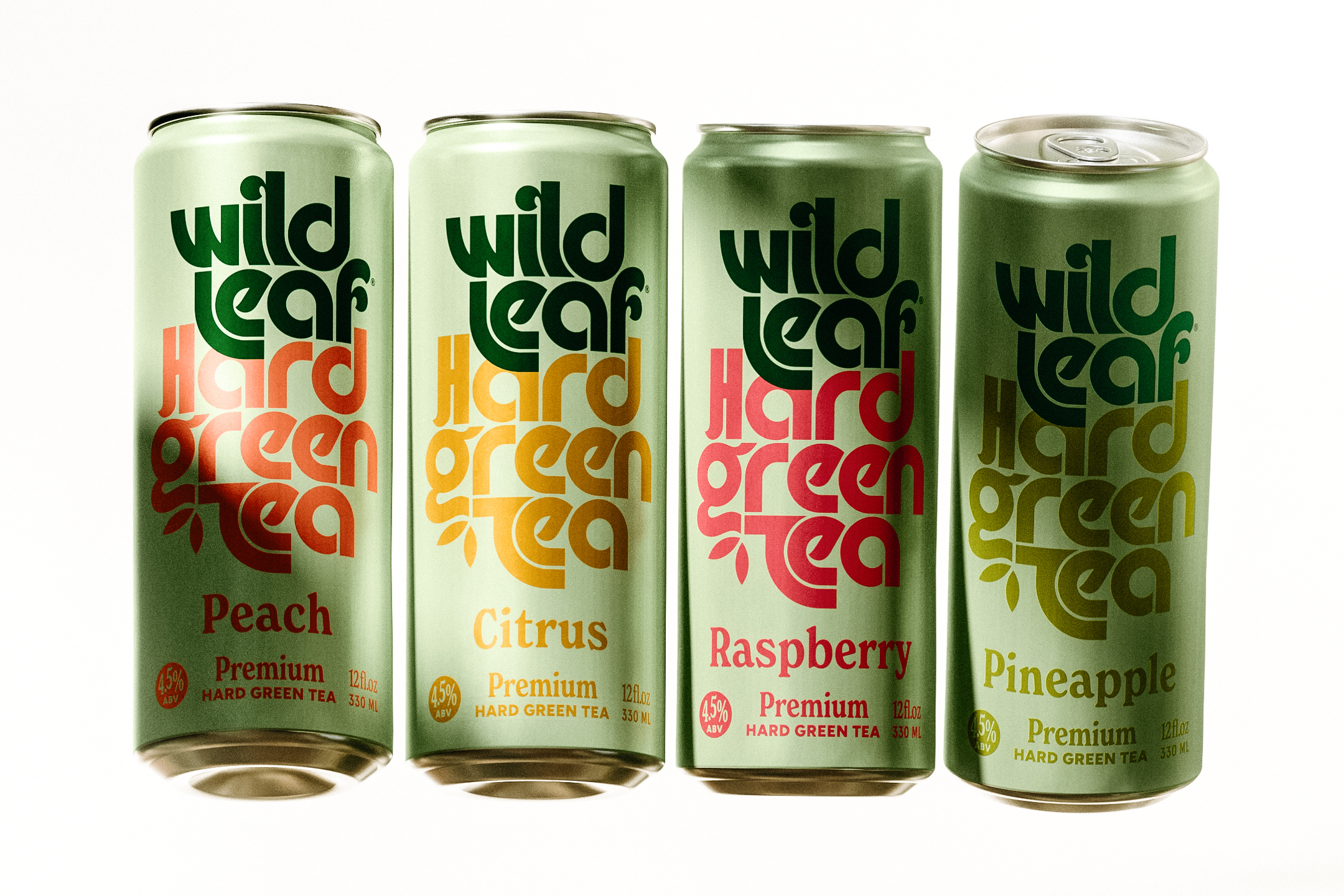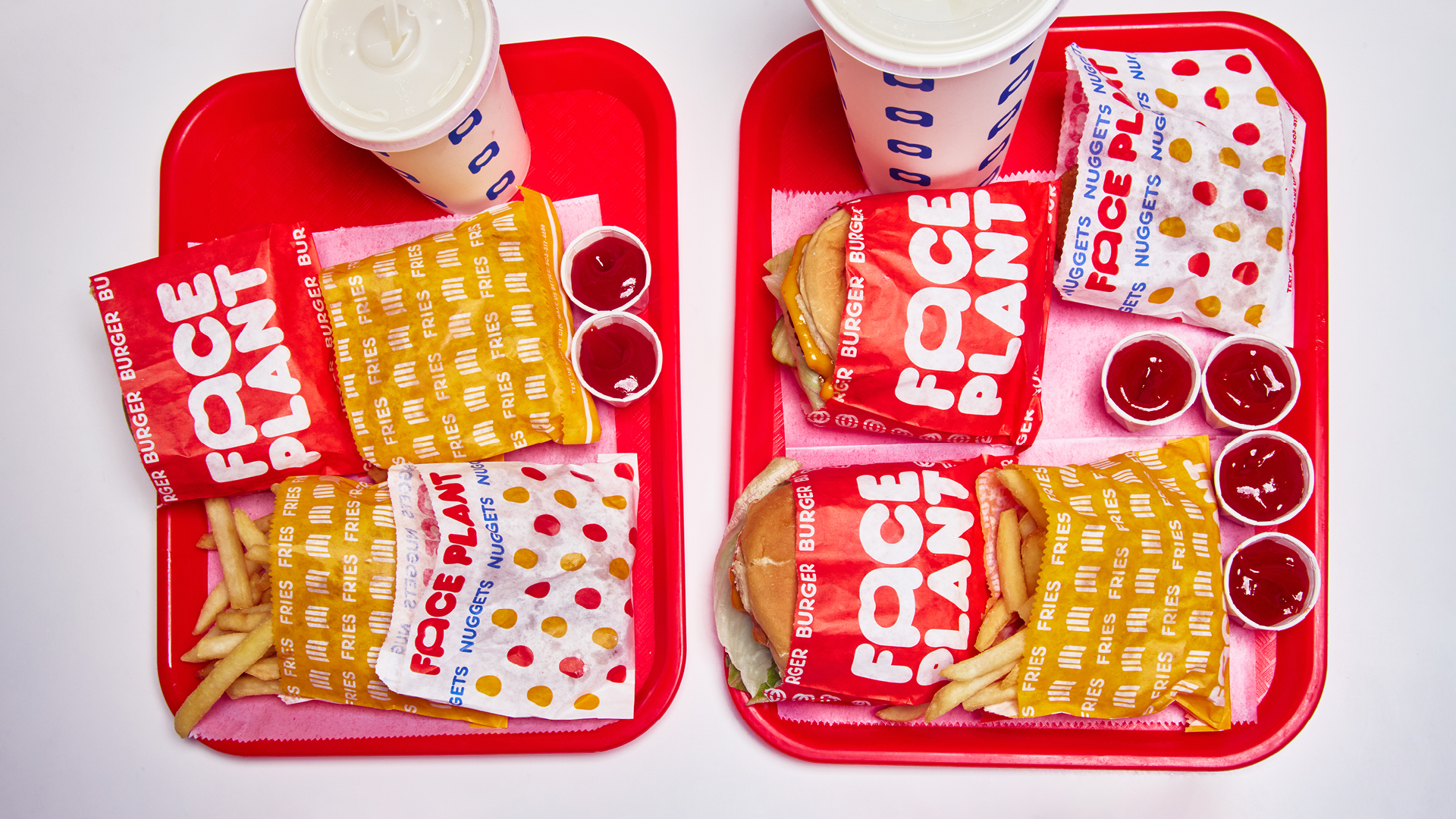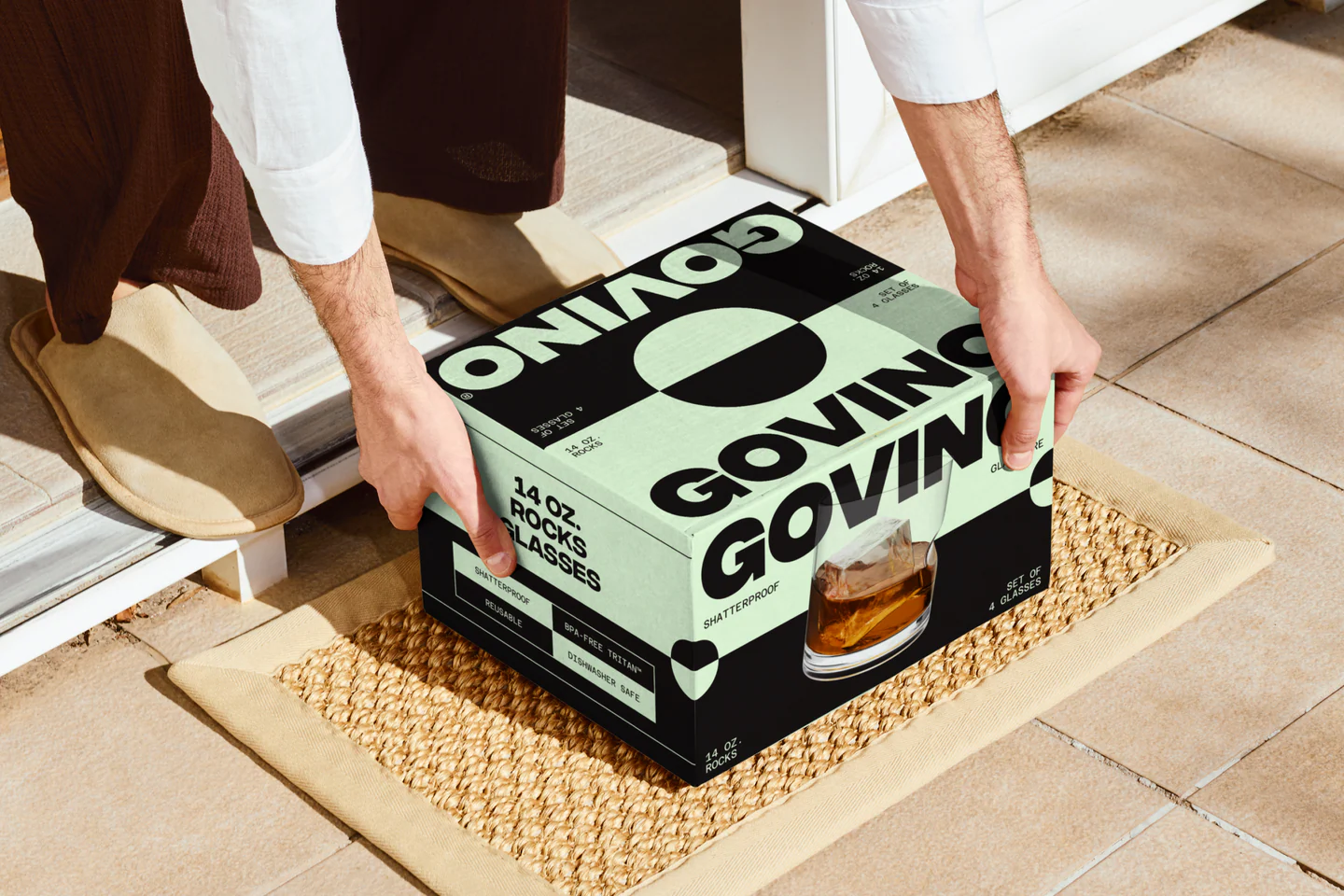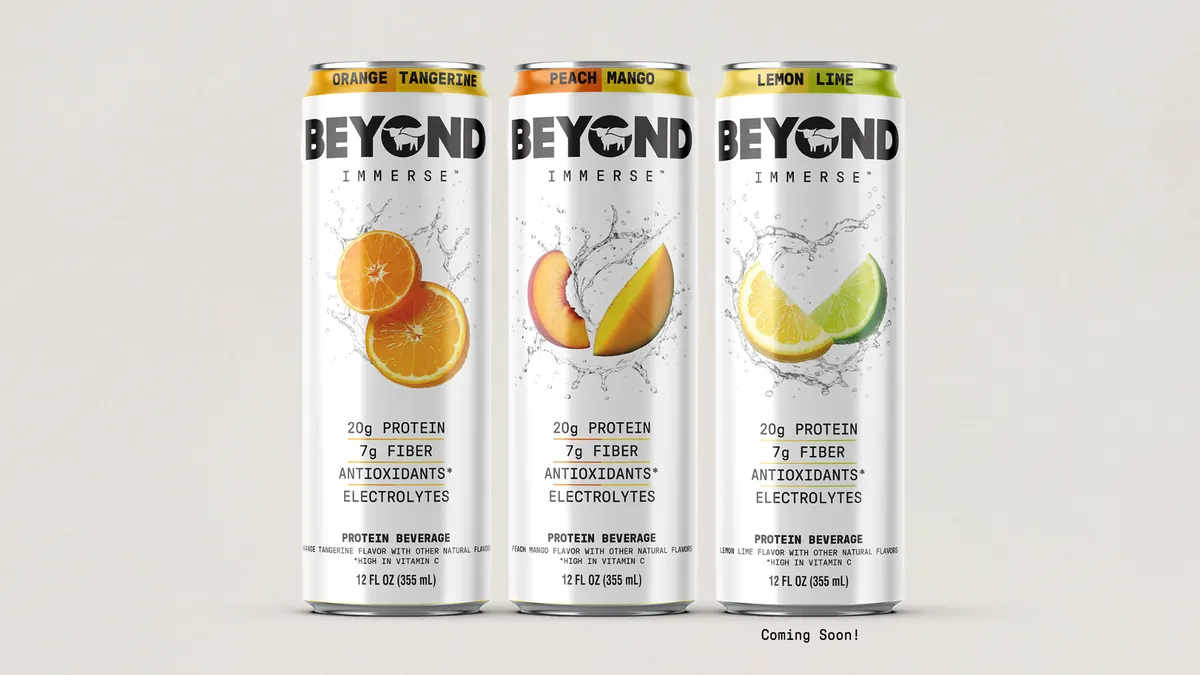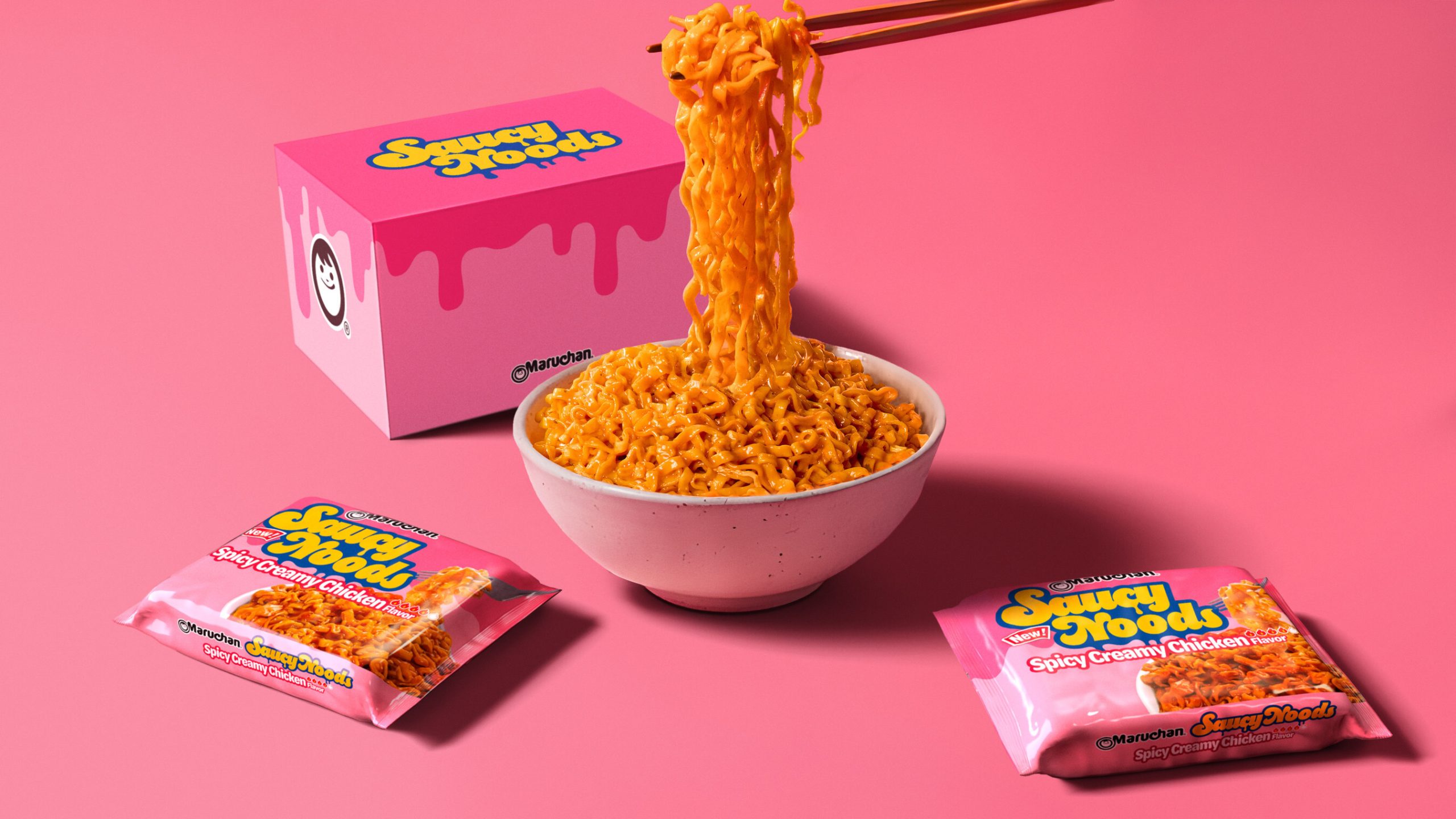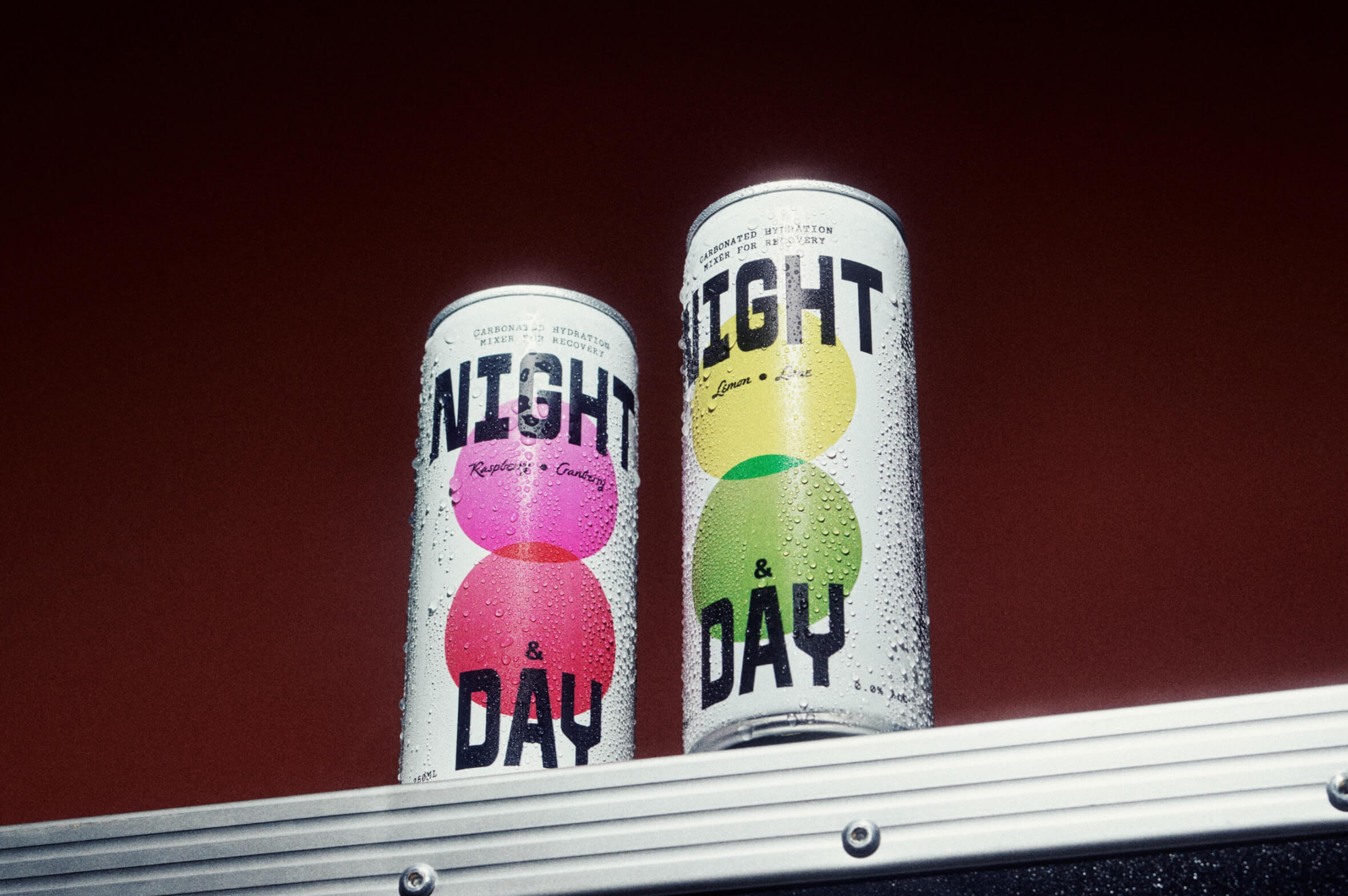Time flies when you’re innovating the design world, huh?
At least, it’s hard for us to believe that it’s been 20 years since the launch of InDesign, the flagship design software for Adobe. Back on August 31, 1999, InDesign had high-hopes to revolutionize the print and digital publishing industry with its innovative approach to type and layout design, a desktop publishing and typesetting software application used primarily to create products that need printing.
Before InDesign, the industry standard for designing was Quark Express, which Adobe felt was somewhat limiting and less intuitive for designers to bring their projects to life. Will Eisley, Principle Product Manager at Adobe, has been with the product since the beginning.


